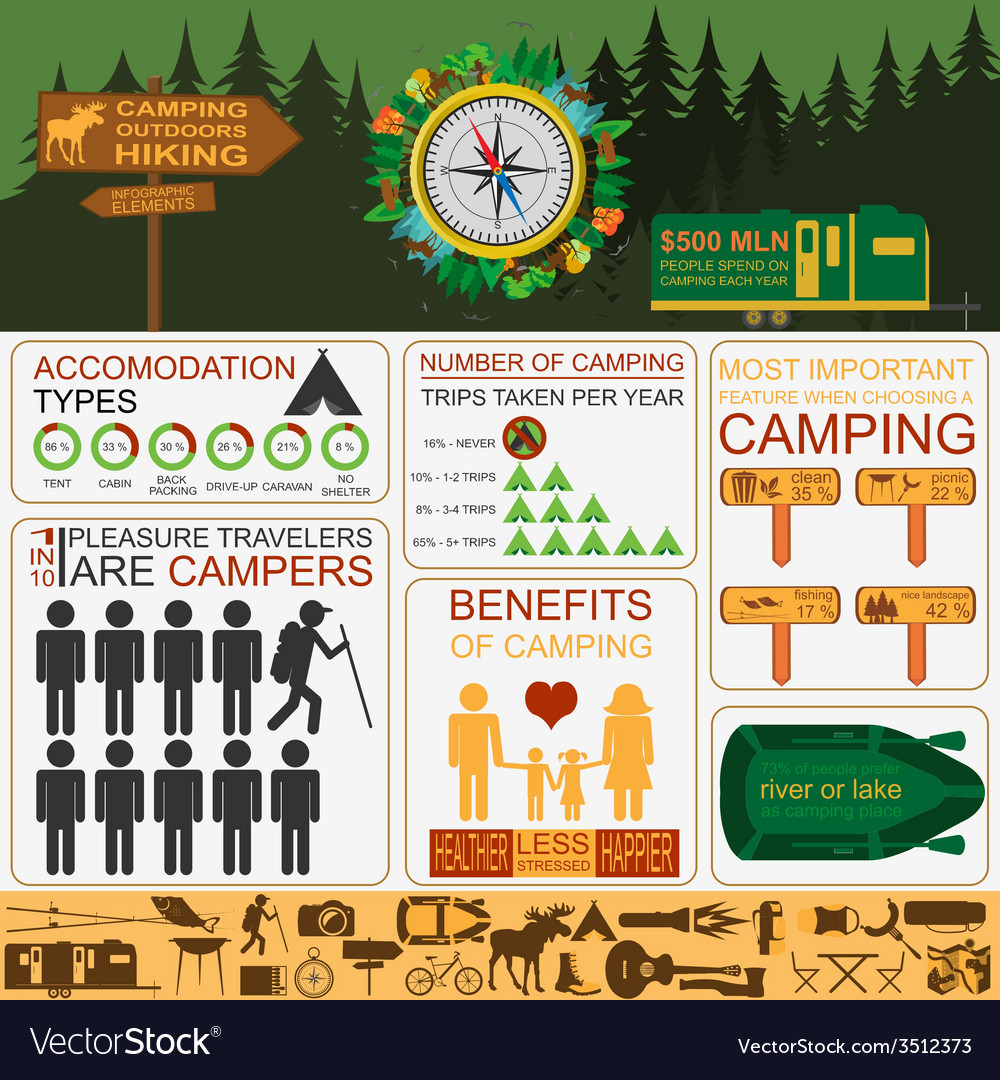A cooktop jack is an enhanced hole in the tent material that safely fits woodstove pipelines. Nonetheless, the procedure of suitable a stove jack can be intimidating for novice campers, and errors in setup can bring about outdoor tents fires or carbon monoxide poisoning.
The good news is, an appropriately fitted and maintained cooktop jack is among the safest enhancements to a canvas outdoor tents, like the Roamin Home Nomad.
Placement
An oven jack is important to the capability and convenience of your canvas outdoor tents. Not only does it offer warmth and cooking comfort, however it likewise assists clear out moisture from your wall surfaces to keep your outdoor tents comfortable and completely dry throughout the seasons.
Remembering that they're developed to stop the fire and flue pipe from entering into contact with the canvas, it is very important to place your oven jack safely. Cooktop jacks ought to be positioned as far away from the wall surface of your tent as possible, specifically, the location that flickers and moves the most.
Our modular cooktop jacks enable you to place your exit factor for the pipe in either the roofing or side wall surface of your camping tent, giving you complete control over where you 'd like your smoke and exhaust to leave your shelter. Discover more about typical mistakes campers make when suitable their cooktop jacks, and how to prevent them to guard yourself from camping tent fires and carbon monoxide gas poisoning.
Ventilation
A stove jack offers a secure exit point for the pipeline of your tent range, aerating smoke from the inside of your camping tent. Without air flow, poisonous gases like carbon monoxide can develop inside the outdoor tents. The jack is also developed to avoid warmth sources from touching the canvas of the outdoor tents, protecting the framework and materials from damages or fire.
Preferably, your flue pipe ought to expand at least 6 inches over the top of the camping tent ridge. This allows the wind to blow triggers far from your roofing system, lowering the danger of them shedding holes in the tent roofing system.
Ventilation also helps improve combustion performance and home heating ability. The products your cooktop and flue are constructed from capture warmth sent out by the smoke and gas, increasing their temperature and advertising additional combustion. The jack then mirrors this warmth into the camping tent, aiding to keep the interior of the camping tent cozy and comfortable for longer durations.
Gas
Make certain that you are using only fire-safe woods and that your stove is appropriately fueled. Stay clear of overworking the oven, as this can cause overheating that can cause fire. Furthermore, store flammable products like alcohol, aerosols and gas cyndrical tubes outside the camping tent to stop them from creating a fire.
Cooktop Jacks are made to protect tents from warmth, and the cloth they're made from is fireproof. Nonetheless, they are just designed to be used securely if they are effectively mounted and positioned appropriately. Make certain that the cooktop pipeline is directing vertically through the hole, as any other angle can hinder appropriate air movement.
Stoves can stay alarmingly hot for hours after they are used and can damage or stir up camping tent fabric, sleeping bags, and various other personal possessions if placed as well close. Keep a fire extinguisher nearby and see to it everybody understands where it is, in addition to how to utilize it. Furthermore, always make use of fireproof bedding like outdoor tents floor coverings and platforms to prevent warmth from damaging your cushion.
Snuffing out
A fire can spread quickly, specifically when ashes fly into plant life or close-by structures. Constantly keep a water bucket and fire extinguisher handy in case of a fire, and never ever leave a campfire ignored.
If building a campfire, clear the location and use marked pits. Be sure to examine regional campground or public lands policies for any type of restrictions prior to tent durability creating a campfire. Stay clear of utilizing liquid-filled heaters, lights or candles inside camping tents; they can produce harmful carbon monoxide gas. Load a mobile CO alarm system and multipurpose fire extinguisher for included assurance.
Occasion camping tent fire safety and security compliance calls for adherence to NFPA requirements and local legislations, as well as routine monitoring, personnel training on emergency procedures and effective emptying strategies. Correct tent configuration, qualified materials and electric equipment are essential elements for accomplishing compliance. Doing pre-event threat assessments, performing regular security checks and connecting emergency procedures with participants help lessen hazards and produce effective events that prioritize participant well-being.
